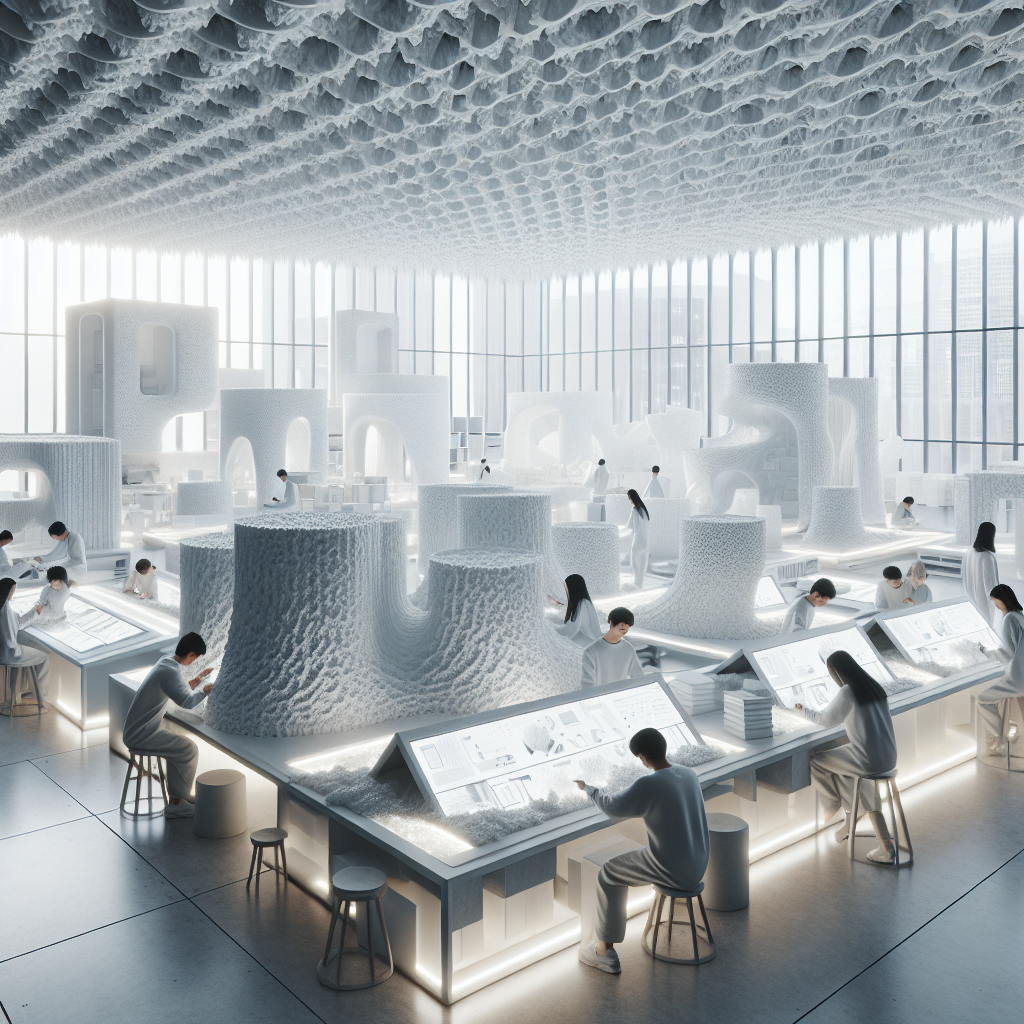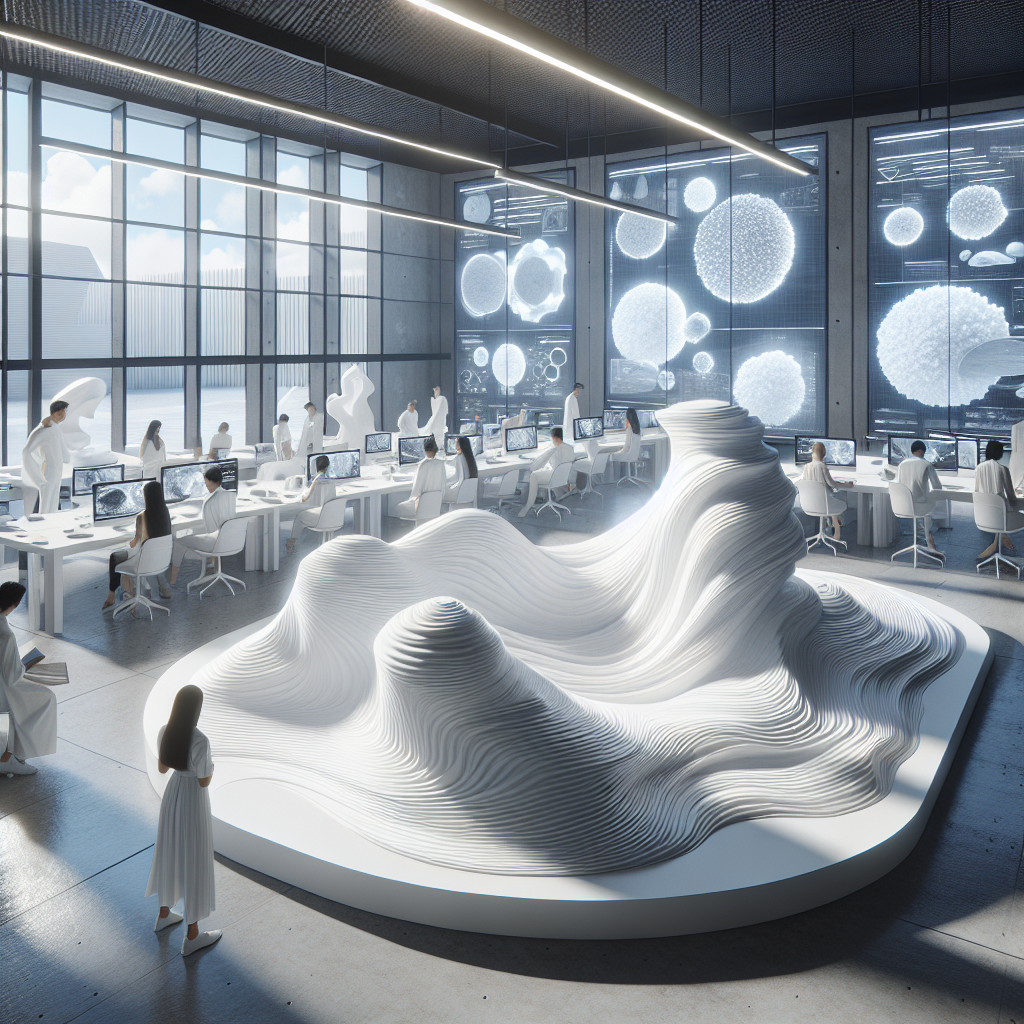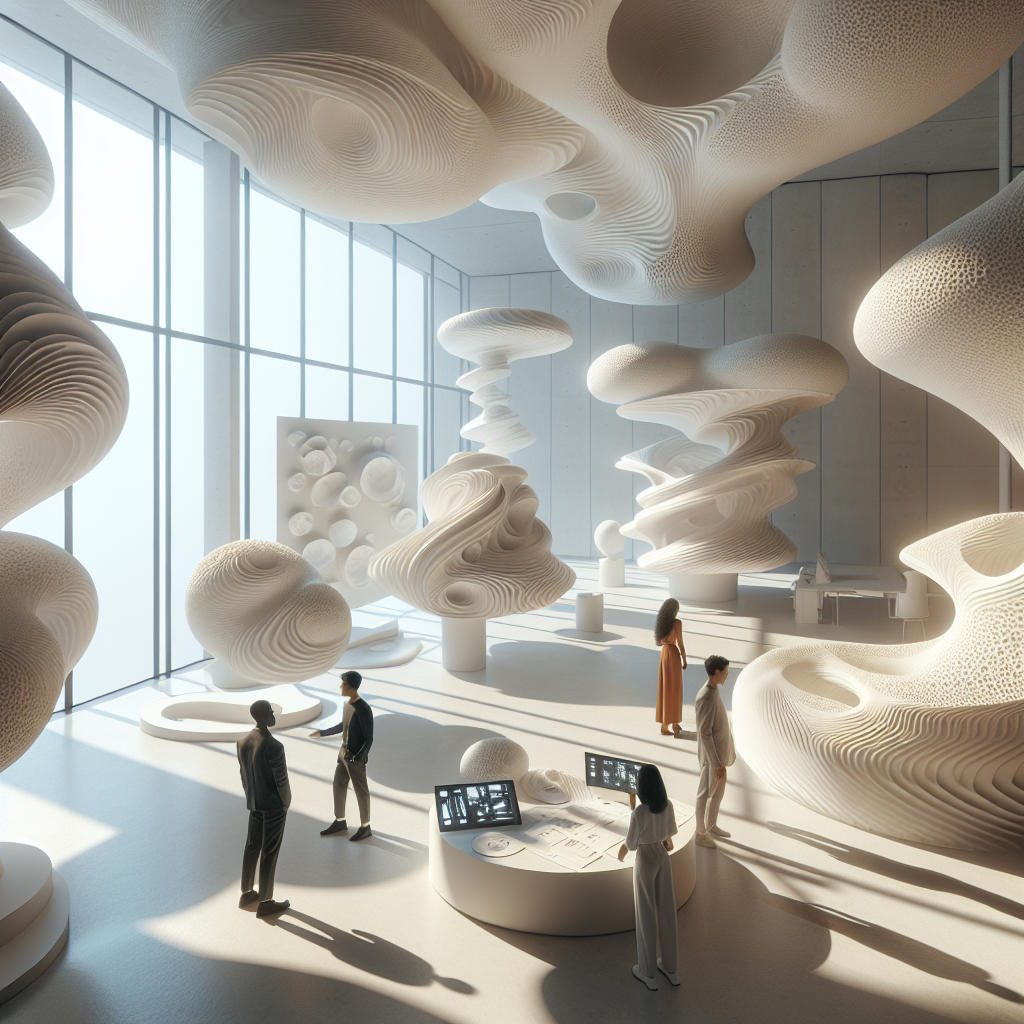Styrofoam transformations experimental: prototypes in recycled polystyrene

Styrofoam Transformations Experimental: Prototypes in Recycled Polystyrene
In the shifting landscape of sustainable design, recycled polystyrene—commonly known as Styrofoam—has emerged as an unlikely protagonist. Once dismissed as an environmental villain, this lightweight, ubiquitous material is being reimagined by architects, designers, and material scientists as a medium for experimental prototypes that challenge conventional notions of form, tactility, and circularity. Across studios and laboratories worldwide, Styrofoam is no longer waste—it is raw potential, a malleable agent of transformation in the era of post-industrial design.
The Styrofoam Paradox: From Disposable to Desirable
Expanded polystyrene (EPS), a petroleum-based plastic, has long been criticized for its environmental footprint. According to Wikipedia, global production of polystyrene exceeds 15 million tonnes annually, much of which ends up in landfills or oceans due to its resistance to decomposition. Yet its intrinsic properties—lightness, thermal insulation, and structural versatility—make it a compelling candidate for reuse. In the hands of forward-thinking designers, Styrofoam’s fragility becomes its strength, its disposability a platform for reinvention.
Recent initiatives in material circularity have reframed Styrofoam as a valuable resource. Design studios such as Rotterdam’s The New Raw and Tokyo’s Kengo Kuma & Associates have explored recycled polystyrene as a medium for architectural components, furniture, and even urban installations. Their work aligns with the growing movement toward zero-waste design, where every discarded material is reconsidered as a building block for the future.
Experimental Prototypes: Sculpting the Future of Recycled Materials
In the realm of experimental architecture, prototyping with recycled Styrofoam is as much about process as it is about product. Designers are embracing the material’s responsiveness to digital fabrication tools—CNC milling, robotic carving, and hot-wire cutting—to craft intricate geometries that were once unthinkable with traditional materials. The results are ethereal, almost geological forms that seem to hover between solid and void.
At the 2024 Venice Architecture Biennale, several studios showcased installations using reclaimed EPS blocks. One standout was “Foam Topographies,” a pavilion composed of interlocking recycled polystyrene modules, each CNC-carved into fluid, dune-like contours. The installation’s shimmering white surfaces reflected sunlight like ice, evoking both fragility and permanence. Its creators described it as “a meditation on the afterlife of materials.”
Similarly, research at ETH Zurich’s Digital Building Technologies lab has explored the potential of recycled polystyrene molds for casting concrete structures. The foam, once used as a temporary formwork, is then shredded and reprocessed into new components—closing the loop in a near-perfect example of circular construction.
Material Alchemy: The Science Behind Recycled Polystyrene
Transforming Styrofoam into a viable design material requires both technical innovation and aesthetic sensitivity. The recycling process typically involves dissolving EPS waste in organic solvents or compressing it into dense, moldable blocks. The resulting material retains its lightweight nature but gains structural integrity and a distinctive marbled texture that designers are increasingly celebrating rather than concealing.
Researchers at the University of Cambridge have developed a process to convert waste polystyrene into high-performance insulation panels, reducing the need for virgin plastics. Meanwhile, independent designers are experimenting with hybrid composites—blending recycled Styrofoam with bio-resins or wood fibers—to create new tactile experiences that bridge the gap between synthetic and organic.
This approach resonates with the ethos of reclaimed materials design, where the imperfections of the recycled medium become part of its aesthetic narrative. In contemporary interiors, these foamed surfaces are being used as sculptural wall panels, acoustic baffles, and even lighting diffusers—each piece a subtle statement on the beauty of reuse.
Architectural Applications: From Mock-Ups to Permanent Installations
In architecture, Styrofoam has traditionally been relegated to the role of mock-up or model-making material. Yet recent projects are pushing it into more permanent contexts. The lightweight nature of recycled polystyrene makes it ideal for temporary pavilions, pop-up installations, and interior partitions where mobility and adaptability are key.
In Seoul, the experimental studio OBBA created a modular pavilion using compressed recycled Styrofoam blocks coated with a bio-based resin. The structure’s soft, cloud-like texture contrasted dramatically with the urban concrete backdrop, inviting visitors to touch and interact. The project’s success lay not only in its visual poetry but in its demonstration of how waste materials can foster new spatial experiences.
Similarly, in Copenhagen, a group of students from the Royal Danish Academy designed a floating platform made entirely from recycled EPS. The buoyant structure, anchored in the city’s harbor, served as both a public art piece and a commentary on marine pollution. The designers described it as “a conversation between waste and water.”
Design Aesthetics: The Poetics of Lightness
Beyond sustainability, recycled Styrofoam offers a distinctive aesthetic language. Its matte whiteness and porous texture lend an ethereal quality to interiors, reminiscent of carved alabaster or compacted snow. When illuminated, the material diffuses light softly, creating an atmosphere of calm and introspection. This visual delicacy has made it a favorite among designers exploring the intersection of biophilic design and minimalism.
In furniture design, recycled polystyrene is being used to craft monolithic yet featherlight pieces—benches, stools, and sculptural tables that appear to float above the ground. The tension between mass and weightlessness echoes the aesthetic paradoxes of modernist sculpture, while the material’s recycled origin imbues each object with ethical depth.
Environmental Impact and the Circular Economy
Recycling Styrofoam is not merely a design gesture—it’s an environmental imperative. According to the circular economy model, materials should remain in use for as long as possible, minimizing waste and resource extraction. Recycled polystyrene aligns perfectly with this philosophy, offering a second life to one of the most persistent pollutants of the 20th century.
Yet challenges remain. The collection and sorting of EPS waste are labor-intensive, and contamination often limits recyclability. Innovations in chemical recycling and decentralized processing facilities are beginning to address these barriers, but widespread adoption will require policy support and public awareness. The design industry, with its power to shape perception, plays a crucial role in this transformation—turning waste into aspiration.
Styrofoam as a Medium for Speculative Futures
Perhaps the most intriguing aspect of Styrofoam’s renaissance lies in its speculative potential. As architects increasingly explore the boundaries between digital fabrication, sustainability, and material storytelling, recycled polystyrene becomes a medium for envisioning alternative futures. Its capacity to be endlessly reshaped mirrors the adaptability required of contemporary design practice itself.
Studios are using Styrofoam prototypes to test spatial concepts that might later be realized in more durable materials, much like the sand printing technologies redefining fabrication methods. Yet many are also embracing the ephemerality of the material—its transience as a metaphor for the impermanence of our built environment.
In this sense, Styrofoam’s transformation is not only physical but philosophical. It invites us to reconsider the lifecycle of design, to see beauty in imperfection, and to value experimentation as a form of environmental activism.
Redefining Material Futures
The evolution of recycled polystyrene from packaging waste to architectural prototype exemplifies a broader shift in design thinking. As sustainability becomes inseparable from innovation, materials once deemed obsolete are being reborn through creative reengineering. The story of Styrofoam is a story of redemption—of how design can rewrite the narrative of waste into one of possibility.
For the discerning architect or designer, this transformation offers more than a new material palette; it represents a new mindset. The next frontier of design will not be defined by what we create, but by what we choose to transform.
Styrofoam transformations remind us that the future of architecture may not lie in discovering new materials, but in rediscovering the value of what we already have—reimagined, reworked, and reintroduced into the cycle of creation.
Keywords: recycled polystyrene, Styrofoam prototypes, sustainable design, circular economy, experimental architecture, material innovation








